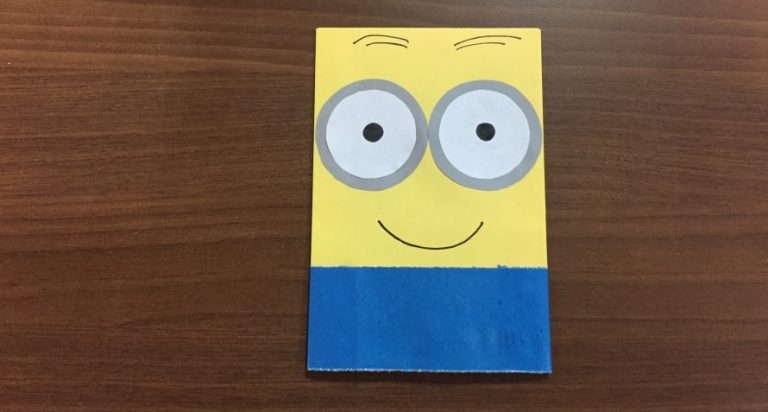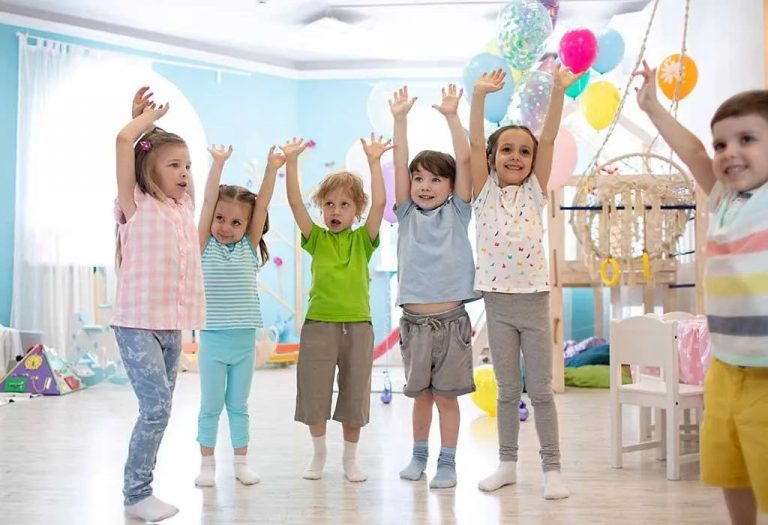10 Jumping Games & Activities for Kids
Kids are filled with energy and love to jump around and play. While this certainly keeps them engaged, it also adds to the development of their gross motor skills! Jumping games for kids are a fantastic way to combine fun and physical activity. When you add games to the mix, the fun learning levels for the children increase manifold! These activities not only burn off excess energy but also improve balance, coordination, and strength. Simple games like hopscotch, jump rope, or even indoor trampoline play can keep them entertained for hours. Here are some games you can try the next time your kids want to jump around the house! Encourage them to explore different movements, fostering creativity while staying active.
Benefits of Jumping Games for Children
Jumping games are more than just fun—they play a key role in a child’s physical and mental development. Here are the key benefits of jumping games for kids.
- Boosts Physical Fitness – Jumping strengthens muscles, improves endurance, and enhances cardiovascular health.
- Develops Motor Skills – Activities like hopscotch and jump rope refine balance, coordination, and agility.
- Encourages Social Interaction – Group jumping games teach teamwork, sharing, and communication.
- Enhances Mood & Reduces Stress – Physical activity releases endorphins, keeping kids happy and relaxed.
- Supports Cognitive Growth – Following game rules and counting jumps stimulates brain development.
Best Jumping Games for Kids
Jumping games are a fantastic way to keep kids active. Here are some exciting jumping games that kids will love.
1. Lily Pads Jumping Game
The Lily Pads jumping game can be played in groups as well as individually. Choose large objects such as place mats, hula hoops, or flat cardboard boxes, as Lily pads. Place about eight Lily pads on the ground in such a way that each Lily pad should be placed one foot apart. Lily pads are known to hold anyone on it safely above the river. Let your preschoolers jump from one Lily pad to the next by taking turns in order, one at a time while play-pretending the Lily pads are in water. The kid who misses jumping onto the Lily pad and touches the ground outside the Lily Pad is out or must start all over again.
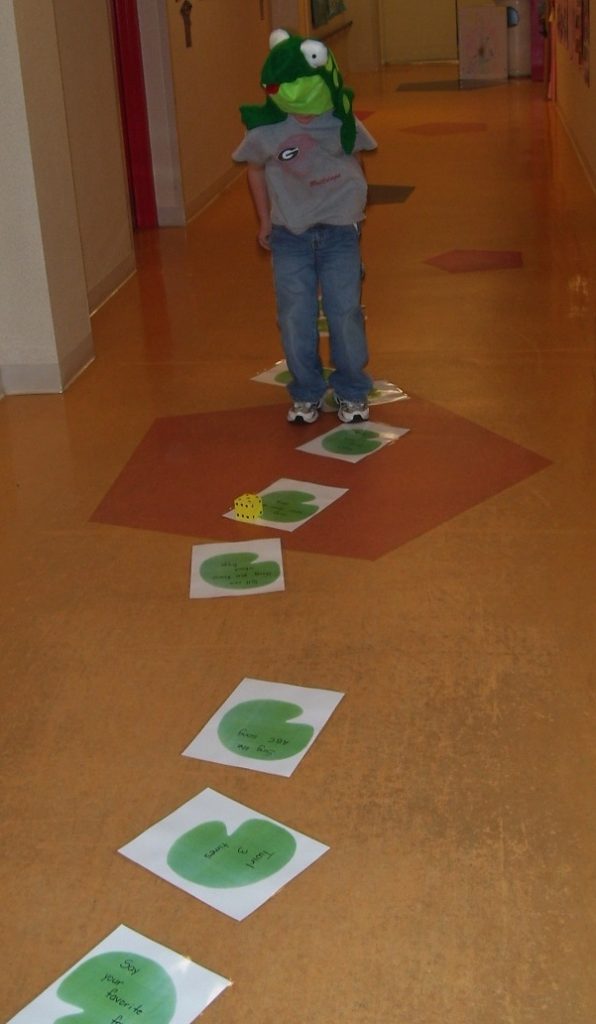
Image Credit: Pinterest
2. Jump Rope Relay
In this game, gather some preschoolers and divide them into five to six groups. Provide each group of kids with one jump rope. Make all groups stand in a horizontal line with a specific distance of about 4-5 feet between two groups. Place the jump rope at about the distance of 30 feet in front of each group. Once you say ‘Start’, the first player of each group should run towards the jump rope, get it, do seven jumps, and return to their group. Then the second should do the same. Likewise, all players of the group should follow the jumping pattern. Whichever group finishes first is the winner.
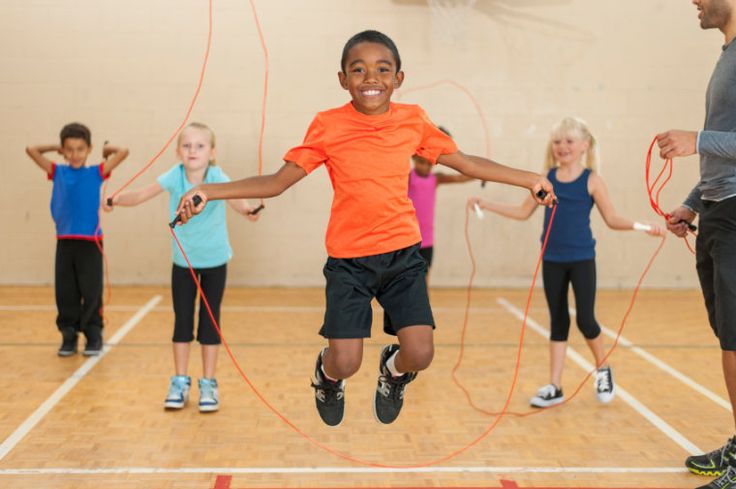
Image Credit: Pinterest
3. Water Splash Jump Rope
The ‘Water Splash Jump Rope’ game helps promote balanced jumping skills in your kids. To play this game, make a group of preschoolers and provide each kid one plastic cup filled full with water. Two grown-ups need to twirl a long jump rope and the preschoolers should attempt three consecutive jumps one by one, by holding the plastic cup full of water in their hands. While jumping, your preschoolers should try to maintain balance to not to let the water in the cup spill out. The kid having the most water left in his plastic cup is the winner.
4. Poison Balls on Trampoline Game
Introducing your preschoolers to trampoline games is a great way to hone their jumping skills. Place some balls on a trampoline. Tell preschoolers to treat balls as poison and jump on the trampoline by avoiding the balls. The balls will roll around as your kids jump on the trampoline. If any kid touches a ball on the trampoline while jumping, he is out. The preschooler who continues to jump without touching the balls and remains the last on the trampoline is the winner.
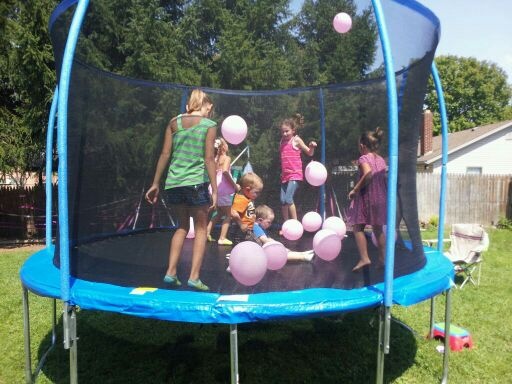
Image Credit: Pinterest
5. Jumping Game with Soft Ball
In this game, provide one small, soft ball to each preschooler. Tell all kids to hold the ball between their legs, such that it doesn’t fall down, and hop from one marked end on the ground to the other marked end to pass the ball to their team member present at the other end. If the ball held between the legs falls, that preschooler is out.
6. Bubble Wrap Stomp & Jump
Lay out a long sheet of bubble wrap and let kids take turns jumping or stomping to pop the bubbles. For extra fun, time them to see who can pop the most in 30 seconds! This sensory-rich game is great for indoor play. The satisfying popping sound provides auditory feedback that kids love, making it excellent for sensory development. You can also turn it into a learning game by having kids count their pops or jump only on certain colored bubbles. For variety, try different textures like large vs small bubbles to challenge their balance.
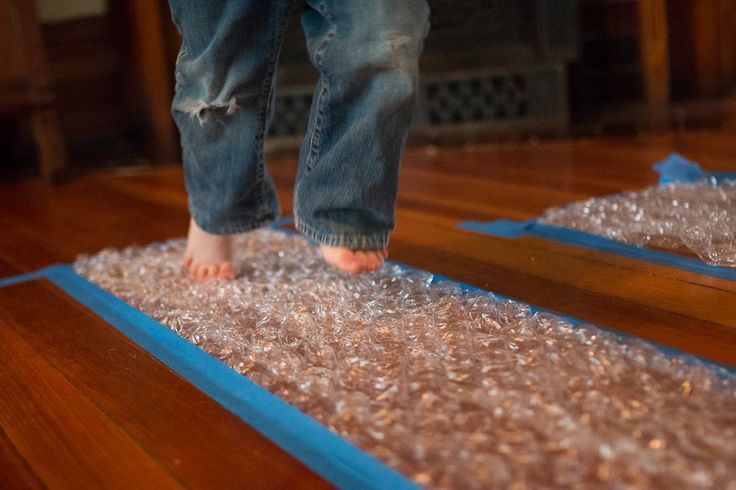
Image Credit: Pinterest
7. Jump the Creek
Mark two parallel lines (the “creek”) on the ground with chalk or rope, starting narrow and gradually widening. Kids take turns jumping over it without touching the lines. After each round, make the creek wider. The last jumper to clear the widest creek wins! This game naturally teaches kids to judge distances and improves their explosive jumping power. For rainy days, you can create an indoor version using masking tape on the carpet. Add pretend play by calling it a “lava river” or “shark-infested waters” to spark imagination.
8. Jumping Jack Challenge
Turn classic jumping jacks into a fun competition! Call out different variations: slow-motion jacks, speed rounds, or alternating arm/leg movements. The last child to keep up with all the variations wins. Great for coordination and endurance! To make it educational, incorporate counting (do 10 jacks while spelling your name) or colors (touch the ground on blue objects). This game works wonderfully as a warm-up activity before sports or as a quick energy burner between lessons. The constant variation keeps kids engaged and challenges both their bodies and listening skills.
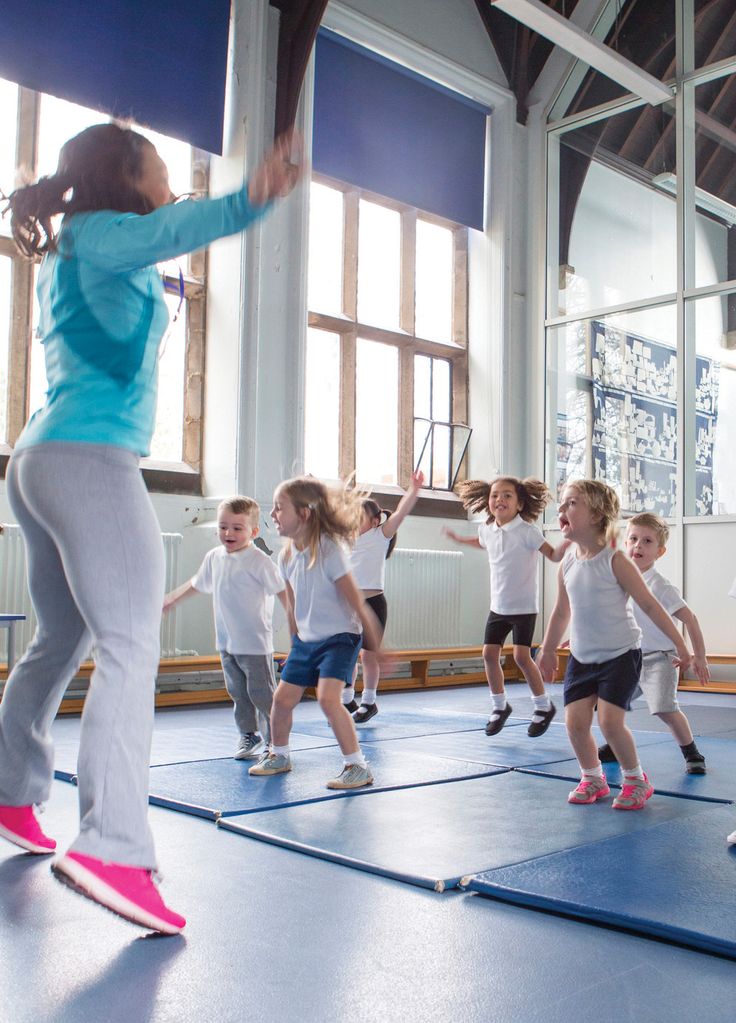
Image Credit: Pinterest
9. Leapfrog Races
Pair kids up for a classic leapfrog race across the yard. The “frog” jumps over their crouched partner, then switches roles. First team to cross the finish line wins. Teach kids proper form by keeping hands on their partner’s shoulders (not heads) for safety. For mixed-age groups, have older kids be the “base” frogs with wider stances. This game naturally teaches timing and cooperation as pairs must coordinate their movements to move quickly. Add obstacles like cones to weave around for an extra challenge.
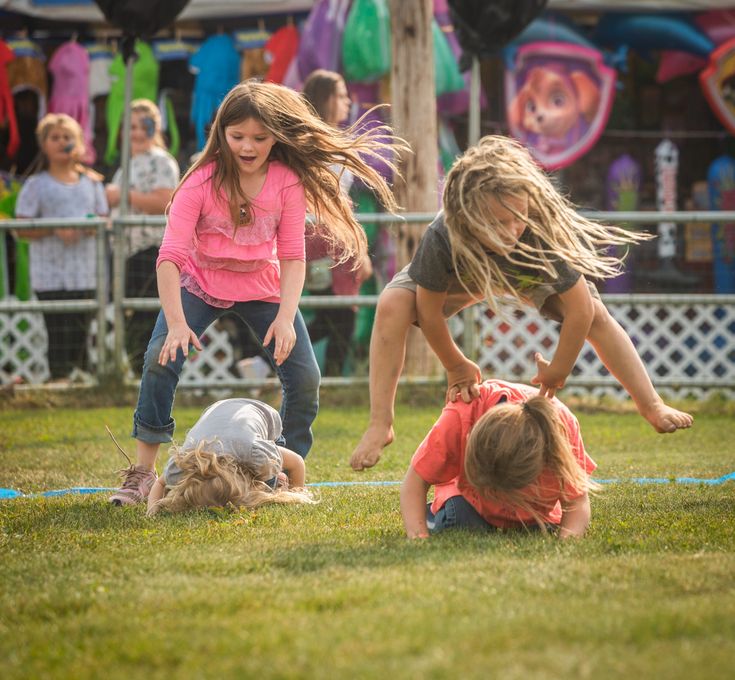
Image Credit: Pinterest
10. Alphabet Jump
Write giant letters on the pavement or use letter mats. Call out a letter, sound, or word—kids must jump to the correct one. Perfect for combining literacy and movement! Extend the learning by having them shout words that start with that letter before jumping. For advanced players, call out simple CVC words (cat, dog) and have them jump to each letter in sequence. This game adapts well to numbers, shapes, or even sight words for different age groups. The physical movement helps reinforce memory and makes learning active rather than passive.
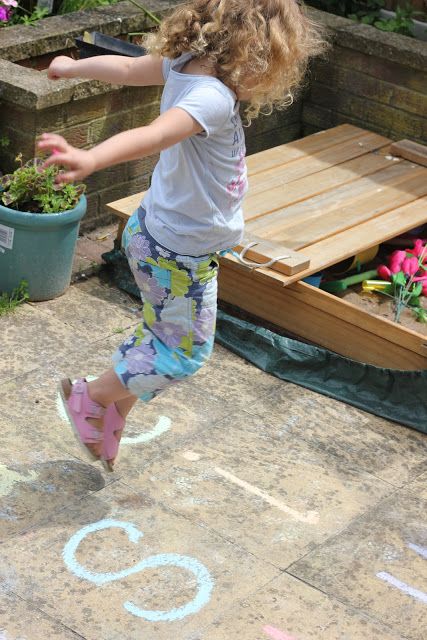
Image Credit: Pinterest
FAQs
1. Are there jumping games suitable for children with joint or mobility issues?
Absolutely. Low-impact alternatives like gentle bouncing on a therapy ball or slow trampoline jumps with support can be adapted for kids with joint concerns. Always consult a pediatrician or therapist for personalized recommendations.
2. Do jumping games affect sleep patterns in young children?
Surprisingly, yes! Active play, including jumping games for preschoolers, helps regulate energy levels and can promote better sleep—as long as they’re done earlier in the day (not right before bedtime).
Whether it’s classic hopscotch, energetic jump rope, or creative obstacle courses, these activities keep children active while fostering development. For younger children, jumping games for kindergarten can be tailored to be simple, safe, and full of laughter, ensuring even the littlest ones reap the benefits. So, the next time your child needs an outlet for their energy, encourage them to jump into fun—it’s a playful step toward a healthier, happier childhood!
Also Read:
Fun Water Games for Kids
Learning Activities for Children
Amazing Summer Activities for Kids
Interesting Creative Activities for Children
Indoor and Outdoor Physical Activities for Kids
Was This Article Helpful?
Parenting is a huge responsibility, for you as a caregiver, but also for us as a parenting content platform. We understand that and take our responsibility of creating credible content seriously. FirstCry Parenting articles are written and published only after extensive research using factually sound references to deliver quality content that is accurate, validated by experts, and completely reliable. To understand how we go about creating content that is credible, read our editorial policy here.









